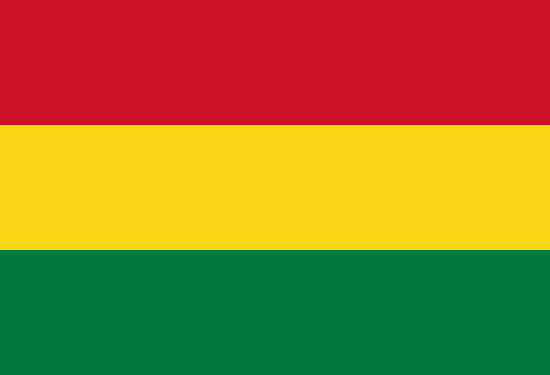"La Paz, Ciudad del Cielo | La Paz, City of the Sky"
About:
La Paz, Bolivia, was founded in 1548 by Spanish conquistadors. It served as a key location for Spain's South American colonies due to its proximity to the silver mines of Potosí. After Bolivia's independence in 1825, La Paz became the de facto capital, housing the executive and legislative branches. The city has faced various political and social upheavals, including the Bolivian Gas War in 2003. Today, La Paz is a major cultural and political center, renowned for its unique topography and rich indigenous heritage.
When to visit:
La Paz, the capital city of Bolivia, is a destination that can be enjoyed year-round due to its diverse climate and attractions. However, the best time to visit La Paz on a holiday is during the dry season, which runs from May to October. During this time, you can experience pleasant weather with clear skies and comfortable temperatures. Additionally, many festivals and cultural events take place in La Paz during the dry season, offering a vibrant and lively atmosphere for visitors to enjoy.
When to avoid:
Traveling to La Paz, Bolivia during the holiday season in the month of December is considered the worst time of year due to the high influx of tourists and increased prices. The city experiences crowded streets, long queues at popular attractions, and limited availability of accommodations during this peak period. Additionally, the weather can be unpredictable with occasional heavy rains and thunderstorms in December, making outdoor activities less enjoyable. Travelers may want to consider visiting La Paz during the shoulder seasons of spring (September to November) or fall (March to May) for a more pleasant and less crowded experience.
"Winter Season (May–August)"
In La Paz, Bolivia, the coldest and wettest season is from December to March, with January being the peak. Temperatures range from 6-18°C, with heavy rainfall averaging around 125mm in January. Days are shorter with 4-6 hours of sunlight, and cloud cover is high, often resulting in foggy conditions. An average day for a visitor during this season might involve navigating the city under persistent drizzle or steady rain, with cooler temperatures necessitating warm clothing. Despite the wet weather, the city's vibrant culture and indoor attractions remain accessible.
"Summer (November–March)"
Assuming you're referring to La Paz, Bolivia, the warmest part of the year is typically from October to March, during their summer season.
Temperatures: Average high temperatures range from 15°C (59°F) to 18°C (64°F), while the average lows range from 4°C (39°F) to 6°C (43°F). The city's high altitude means it's cooler than typical tropical climates.
Rainfall: This period is also the wettest, with January and February being the peak of the rainy season. Monthly rainfall can reach up to 130mm.
Sunlight: The city enjoys an average of 5-6 hours of sunshine per day during this period.
Humidity: Humidity levels are relatively high during these months, averaging around 70-80%.
Cloudiness: Due to the rainy season, the sky can be quite cloudy, but it varies from day to day.
For a visitor, a typical day in the warmest part of the year in La Paz would start with mild temperatures in the morning, gradually warming up by midday. Afternoons might be interrupted by rainfall, especially in the peak of the rainy season. Despite the rain, the city can feel quite humid. The high altitude can make the sun feel stronger when it's out, so it's essential to wear sun protection. Evenings cool down significantly, so it's wise to have a jacket or sweater handy.
Language:
In La Paz, the administrative capital of Bolivia, the most commonly spoken languages are Spanish and Aymara. Spanish is the official language used in government and business, while Aymara is widely spoken among the indigenous population. Additionally, Quechua, another indigenous language, is also spoken by a minority of the population.




